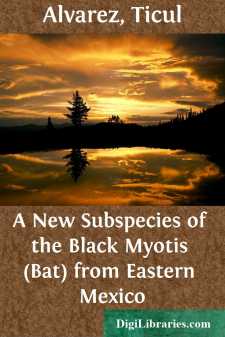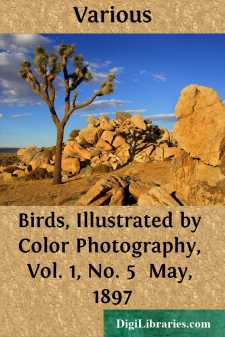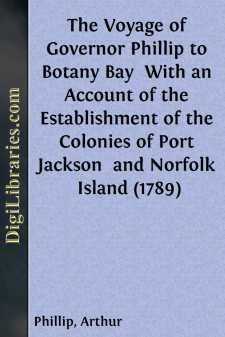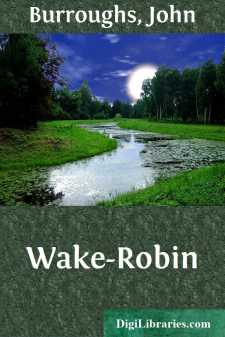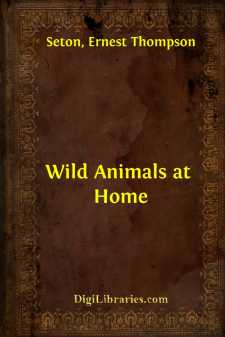Nature
Nature Books
Sort by:
by:
Ticul Alvarez
In 1928 when Miller and Allen (Bull. U. S. Nat. Mus., 144) published their revisionary account of American bats of the genus Myotis, the black myotis, Myotis nigricans, was known no farther north than Chiapas and Campeche. Collections of mammals made in recent years for the Museum of Natural History of The University of Kansas include specimens of M. nigricans from eastern Mexico as far north as...
more...
by:
Various
NESTING TIME. “There swims no goose so gray, but soon or late,She takes some honest gander for a mate;”There live no birds, however bright or plain,But rear a brood to take their place again.—C. C. M.QUITE the jolliest season of the year, with the birds, is when they begin to require a home, either as a shelter from the weather, a defence against their enemies, or a place to rear and protect...
more...
PREFACE. This little volume mainly consists of a reprint of a series of essays which appeared in the "American Naturalist" (Vols. i-v, 1867-71). It is hoped that their perusal may lead to a better acquaintance with the habits and forms of our more common insects. The introduction was written expressly for this book, as well as Chapter XIII, "Hints on the Ancestry of Insects." The...
more...
by:
Arthur Phillip
ANECDOTES OF GOVERNOR PHILLIP. Arthur Phillip is one of those officers, who, like Drake, Dampier, and Cook, has raised himself by his merit and his services, to distinction and command. His father was Jacob Phillip, a native of Frankfort, in Germany, who having settled in England, maintained his family and educated his son by teaching the languages. His mother was Elizabeth Breach, who married for her...
more...
by:
John Burroughs
In coming before the public with a newly made edition of my writings, what can I say to my reader at this stage of our acquaintance that will lead to a better understanding between us? Probably nothing. We understand each other very well already. I have offered myself as his guide to certain matters out of doors, and to a few matters indoor, and he has accepted me upon my own terms, and has, on the...
more...
I The Cute Coyote AN EXEMPLARY LITTLE BEAST, MY FRIEND THE COYOTE If you draw a line around the region that is, or was, known as the Wild West, you will find that you have exactly outlined the kingdom of the Coyote. He is even yet found in every part of it, but, unlike his big brother the Wolf, he never frequented the region known as Eastern America. This is one of the few wild creatures that you can...
more...
CHAPTER I It is in spring that wild birds make their strongest appeal to the human mind; in fact, the words "birds" and "spring" seem almost synonymous, so accustomed are we to associate one with the other. All the wild riotous singing, all the brave flashing of wings and tail, all the mad dashing in and out among the thickets or soaring upward above the tree-tops, are impelled by the...
more...
IMPORTANCE OF RODENT GROUPS. As the serious character of the depredations by harmful rodents is recognized, State, Federal, and private expenditures for their control increase year by year. These depredations include not only the attacks by introduced rats and mice on food materials stored in granaries, warehouses, commercial establishments, docks, and private houses, but also, particularly in the...
more...
CHAPTER I. PHYSICAL GEOGRAPHY. From a look at a globe or a map of the Eastern hemisphere, we shall perceive between Asia and Australia a number of large and small islands forming a connected group distinct from those great masses of land, and having little connection with either of them. Situated upon the Equator, and bathed by the tepid water of the great tropical oceans, this region enjoys a climate...
more...
BIRDS FROM A CITY ROOF I laid down my book and listened. It was only the choking gurgle of a broken rain-pipe outside: then it was the ripple and swish of a meadow stream. To make out the voices of redwings and marsh-wrens in the rasping notes of the city sparrows behind the shutter required much more imagination. But I did it. I wanted to hear, and the splash of the water helped me. The sounds of wind...
more...


